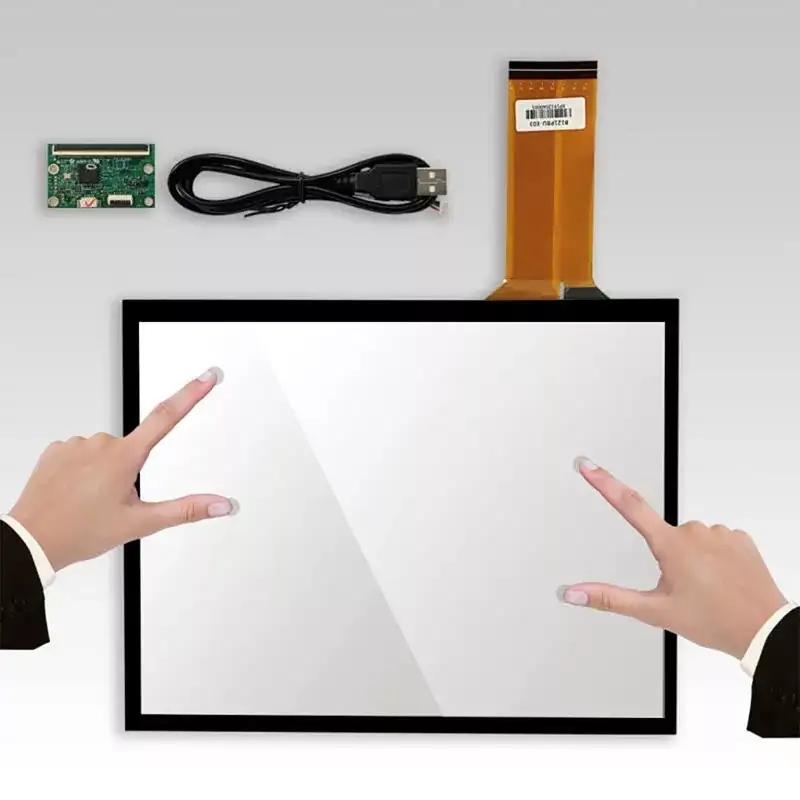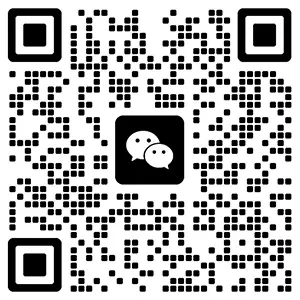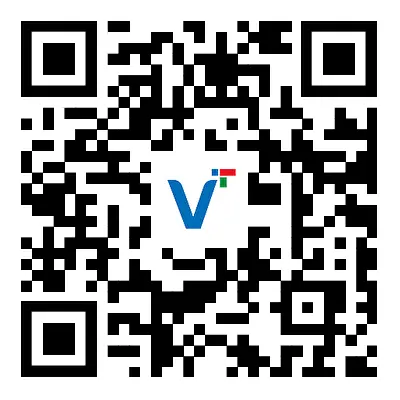
- English
- Español
- Português
- русский
- Français
- 日本語
- Deutsch
- tiếng Việt
- Italiano
- Nederlands
- ภาษาไทย
- Polski
- 한국어
- Svenska
- magyar
- Malay
- বাংলা ভাষার
- Dansk
- Suomi
- हिन्दी
- Pilipino
- Türkçe
- Gaeilge
- العربية
- Indonesia
- Norsk
- تمل
- český
- ελληνικά
- український
- Javanese
- فارسی
- தமிழ்
- తెలుగు
- नेपाली
- Burmese
- български
- ລາວ
- Latine
- Қазақша
- Euskal
- Azərbaycan
- Slovenský jazyk
- Македонски
- Lietuvos
- Eesti Keel
- Română
- Slovenski
- मराठी
- Srpski језик
Don't know what a touch screen is? You'll know after reading this
2025-09-28
In the era of rapid technological advancement, touch screens have become a core component of various electronic devices, widely used in smartphones, tablets, automotive displays, and industrial equipment.
The Emergence of Touchscreens
Touchscreens have actually been around longer than we might imagine.
The concept of touchscreen technology was first proposed in the 1940s, and the first true touchscreen was created in 1965 by Eric Arthur Johnson, an engineer at the Royal Radar Company in the United Kingdom. Johnson initially described his invention, which we now call a capacitive touchscreen, in an article published in Electronics Letters.

Function
For operational convenience, touch screens have replaced mice and keyboards. Touchscreens are intelligent devices that can display information, communicate with programmable logic controllers (PLCs), and have memory and programmable capabilities. They can display PLC operating status, production line speed, and more.
Principle
Simply put, resistive touchscreens use pressure sensing to control the conductivity of the screen. Its structure is essentially a film on top of glass. The adjacent surfaces of the film and glass are coated with ITO (Indium Tin Oxides), a nano-indium tin oxide (ITO) coating. ITO has excellent conductivity and transparency. When a finger touches the screen, the ITO layer on the lower film contacts the ITO layer on the upper glass. Next, the sensor transmits a corresponding signal, which is sent to the processor through a conversion circuit. This signal is then converted into X and Y values on the screen, completing the click and displaying them on the screen.
To operate, you must first touch the touchscreen mounted on the front of the display with your finger or other object. The system then locates and selects information based on the icon or menu location touched by your finger.
Main Types of Touch Screens
Based on their operating principle and the medium used to transmit information, touch screens are classified as: resistive, infrared,
surface acoustic wave, and capacitive.
Resistive touch screens: The screen consists of a multi-composite film that matches the display surface. It has a glass or plexiglass base layer and a transparent conductive layer on the surface. The top layer is covered with a hardened, smooth, scratch-resistant plastic layer. The inner surface is also coated with a transparent conductive layer. Numerous tiny (less than one thousandth of an inch) transparent spacers separate the two conductive layers for insulation. The key to resistive touch screens lies in material technology.
Resistive Touch Screen Types and Applications
Resistive touch screens operate in a completely isolated environment, immune to dust and moisture. They can be touched with any object and can be used for writing and drawing. They are particularly suitable for industrial control and office use with limited personnel.
Types:
Resistive touch screens are categorized as four-, five-, or six-wire multi-line resistive touch screens, depending on the number of pins.
Surface Acoustic Wave Touch Screens:
The touch panel of a surface acoustic wave touch screen can be a flat, spherical, or cylindrical glass plate mounted on the front of a CRT, LED, LCD, or other display screen. This glass plate is simply tempered glass; unlike other touch screen technologies, it lacks any film or overlay. The glass screen features vertical and horizontal ultrasonic transmitting transducers at the top left and bottom right corners, respectively, while two corresponding ultrasonic receiving transducers are located at the top right corner.
The four edges of the glass screen are engraved with precisely spaced reflective stripes at 45-degree angles, increasing in density.
How it works: The transmitting transducer converts the electrical signal sent by the controller via the touchscreen cable into acoustic energy, which is then transmitted to the left surface. Precision reflective stripes on the bottom of the glass reflect the acoustic energy upwards, evenly reflecting it. The acoustic energy then travels across the screen surface, where it is focused into a rightward line by the reflective stripes above, propagating to the receiving transducers on the X-axis. The receiving transducers convert the returned surface acoustic wave energy into an electrical signal.
Advantages:
1. Surface acoustic wave touchscreens are resistant to vibration, making them suitable for public spaces.
2. Surface acoustic wave technology offers a second characteristic: rapid response speed, the fastest of all touchscreens, and a smooth feel. 3. The third characteristic of surface acoustic wave (SAW) technology is its stable performance. Because the SAW technology principle is stable, the SAW touchscreen controller calculates the touch position by measuring the position of the attenuation moment on the time axis. Therefore, SAW touchscreens are extremely stable and offer very high accuracy.
4. The fourth characteristic of SAW touchscreens is that the controller card can distinguish between dust and water droplets, a finger, and the amount of touch.
5. The fifth characteristic of SAW touchscreens is their third-axis Z-axis response, also known as pressure-axis response. This is because the greater the force the user touches the screen, the wider and deeper the attenuation notch in the received signal waveform.
Disadvantages: A disadvantage of SAW touchscreens is that dust and water droplets on the touchscreen surface block the transmission of SAW waves. While a smart controller card can detect this, dust accumulation to a certain level significantly attenuates the signal, causing the SAW touchscreen to become sluggish or even inoperative. Therefore, SAW touchscreens offer dust-resistant models. On the other hand, it is recommended to remember to clean the touchscreen regularly annually.
Capacitive Touch Screens
Capacitive touch screens are primarily constructed by coating a glass screen with a transparent film and then covering the conductive layer with a protective glass. This dual-glass design thoroughly protects the conductive layer and the sensor. Furthermore, narrow electrodes are plated on all four sides of the touch screen, creating a low-voltage AC electric field within the conductive layer. When a user touches the screen, a coupling capacitor forms between the user's electric field, the finger, and the conductive layer. Current generated by the electrodes flows to the touch point, with the current's magnitude proportional to the distance between the finger and the electrodes. A controller behind the touch screen calculates the current's magnitude and ratio to accurately determine the touch point's location.
Infrared touch screens are inexpensive, easy to install, and highly sensitive to both light and quick touches. However, because infrared touch screens rely on infrared light for sensing, changes in external lighting, such as sunlight and indoor spotlights, can affect their accuracy. Furthermore, infrared touch screens are not waterproof or susceptible to dirt. Any small foreign object can cause errors and affect their performance, making them unsuitable for outdoor or public use. Whether it's mass production or customized services, touch screen manufacturers continuously innovate and optimize their processes and services to meet diverse needs within and outside the industry, providing customers with a first-class touch screen product experience. Understanding these unique selling points will help you better grasp the core knowledge of the touch screen industry.
Whether it's mass production or customized services, touch screen manufacturers continuously innovate and optimize their processes and services to meet diverse needs within and outside the industry, providing customers with a first-class touch screen product experience. Understanding these unique selling points will help you better grasp the core knowledge of the touch screen industry.




